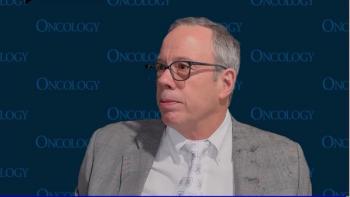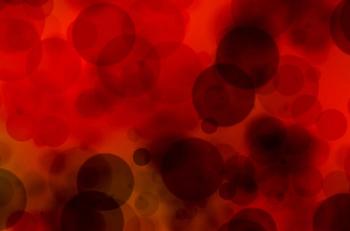
- ONCOLOGY Vol 14 No 8
- Volume 14
- Issue 8
Commentary on Abstract #527
Ever since the first phase II study of paclitaxel (Taxol) began, there has been ongoing controversy about the optimal dose and schedule of administration of this drug. The initial reports of marked antitumor activity against metastatic breast cancer were obtained using 250 mg/m² administered by 24-hour continuous IV infusion. This schedule was originally developed in an attempt to reduce the incidence and severity of anaphylactic reactions. Subsequent to the determination that this dose and schedule was effective and safe, there were multiple attempts to develop more convenient schedules, and dose/schedules associated with an improved side-effect profile.
Ever since the first phase II study of paclitaxel (Taxol) began, there has been ongoing controversy about the optimal dose and schedule of administration of this drug. The initial reports of marked antitumor activity against metastatic breast cancer were obtained using 250 mg/m² administered by 24-hour continuous IV infusion. This schedule was originally developed in an attempt to reduce the incidence and severity of anaphylactic reactions. Subsequent to the determination that this dose and schedule was effective and safe, there were multiple attempts to develop more convenient schedules, and dose/schedules associated with an improved side-effect profile.
In 1994, several investigators started to explore weekly schedules of administration of paclitaxel, to increase dose intensity. The early reports suggested a surprising modification of the safety profile of paclitaxel using this schedule, with maintenance of substantial antitumor activity.
Breier et al (Br Cancer Res Treat 57[1]:124, 1999) were able to maintain a very high dose intensity with the weekly schedule over substantial time periods; second, severe myelosuppression was virtually absent, and therefore, no febrile neutropenia was reported; third, steroid premedication was successfully tapered and discontinued in many patients without hypersensitivity reactions. Finally, in a group of patients with previous exposure to anthracyclines, they observed a 53% objective response rate.
Docetaxel (Taxotere) shows marked antitumor activity against breast cancer. Although its activity is less schedule dependent, the impressive change in the safety profile of paclitaxel associated with the weekly schedule prompted the evaluation of docetaxel given weekly. As described in the abstract by Loeffler et al (abstract #527), similar changes in the toxicity profile of docetaxel were observed: myelosuppression decreased dramatically, as did the frequency and severity of infectious (febrile) complications. Furthermore, this was accomplished without apparent loss of therapeutic activity.
Both paclitaxel and docetaxel are currently under formal evaluation in multiple prospective randomized trials, comparing weekly and every-3-weekly schedules of administration. In some, the agents are used alone, while in others, combinations with other agents are being tested. The results of these trials will define the optimal schedule of administration for both taxanes.
Articles in this issue
over 25 years ago
Commentary on Abstract #280over 25 years ago
Commentary on Abstracts #986 and #1015over 25 years ago
Commentary on Abstract #1916over 25 years ago
Commentary on Abstracts #341, #347, and #333over 25 years ago
Commentary on Abstracts #407 and #424over 25 years ago
Commentary on Abstracts #349 and #1259over 25 years ago
Commentary on Abstracts #317 and #322over 25 years ago
Commentary on Abstracts #254 and #330over 25 years ago
Commentary on Abstract #336over 25 years ago
Commentary on Abstracts #403 and #278Newsletter
Stay up to date on recent advances in the multidisciplinary approach to cancer.

















































































